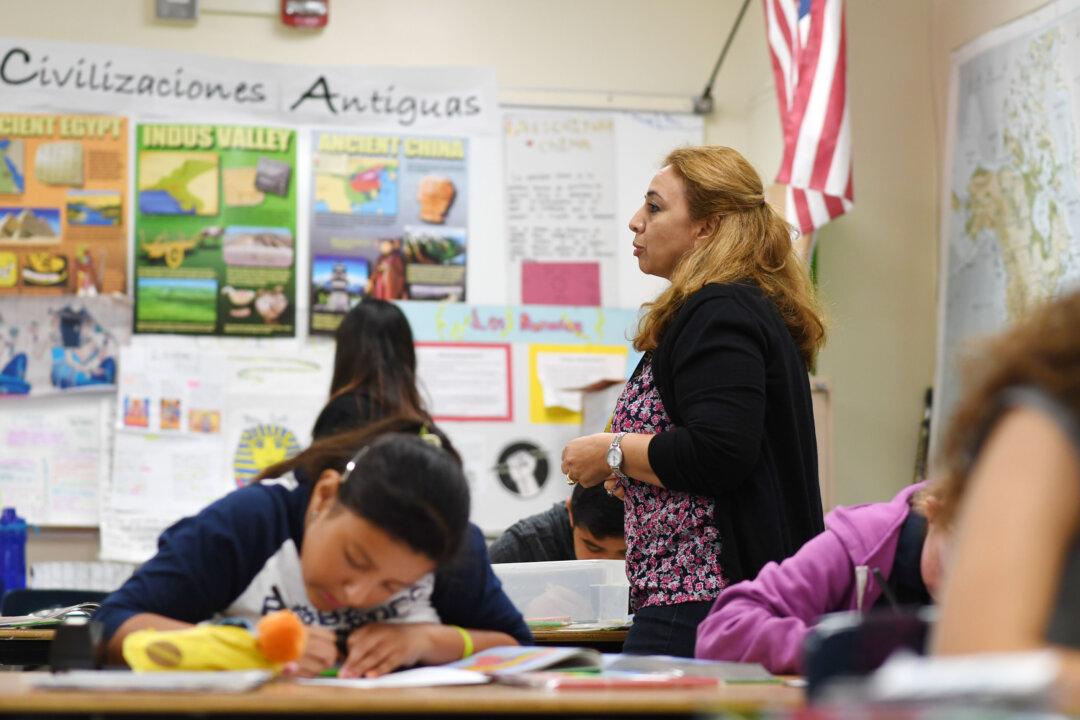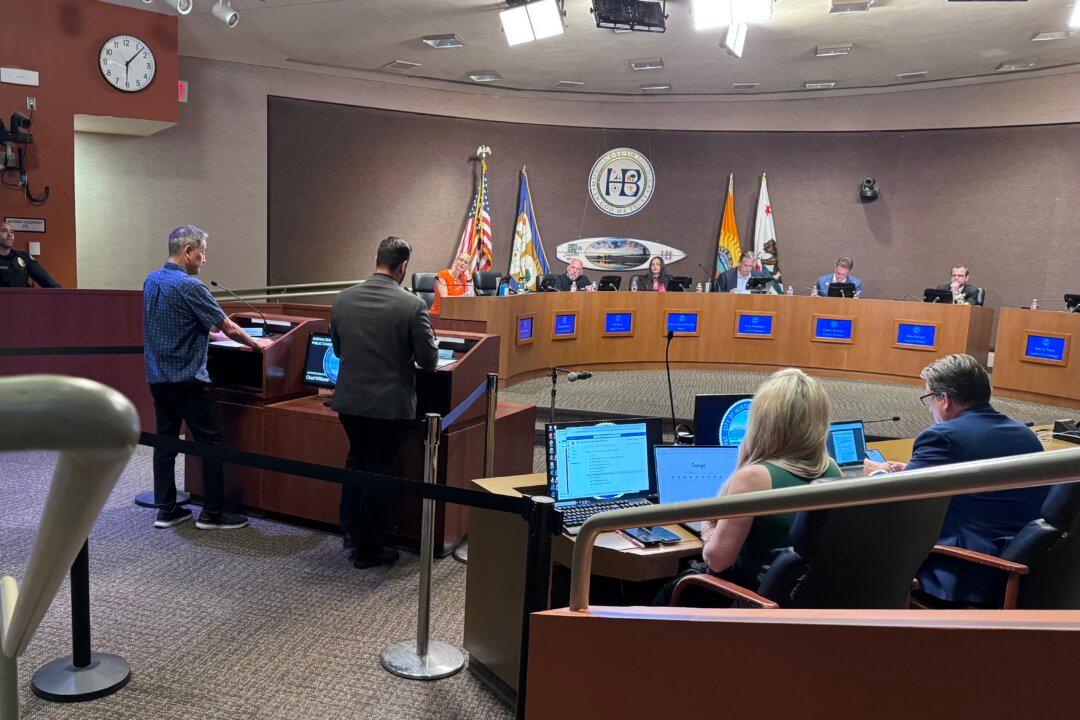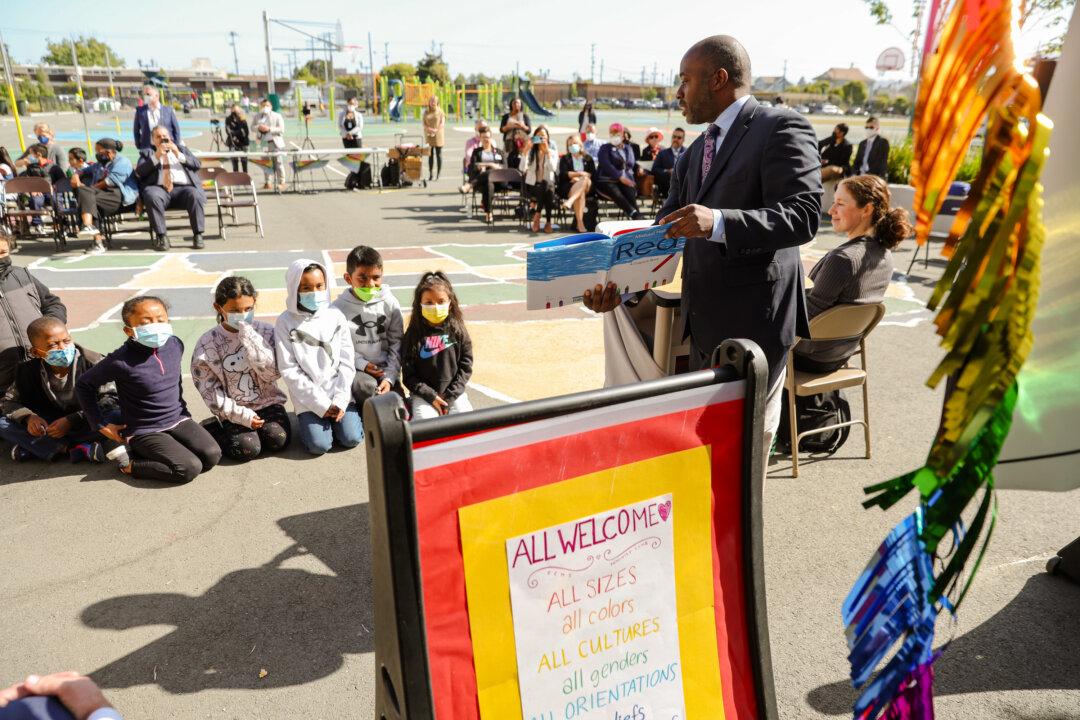California has a smaller percentage of English learners in bilingual education than several other states despite having a much higher number of such students than any other state, according to a recent report.
The report, published in October by the New York-based think tank The Century Foundation, found that nearly 20 percent of the state’s students are currently English learners—more than 1.1 million students—but that only 16.4 percent of those students were enrolled in a bilingual or dual-language program in the 2019–20 school year.





